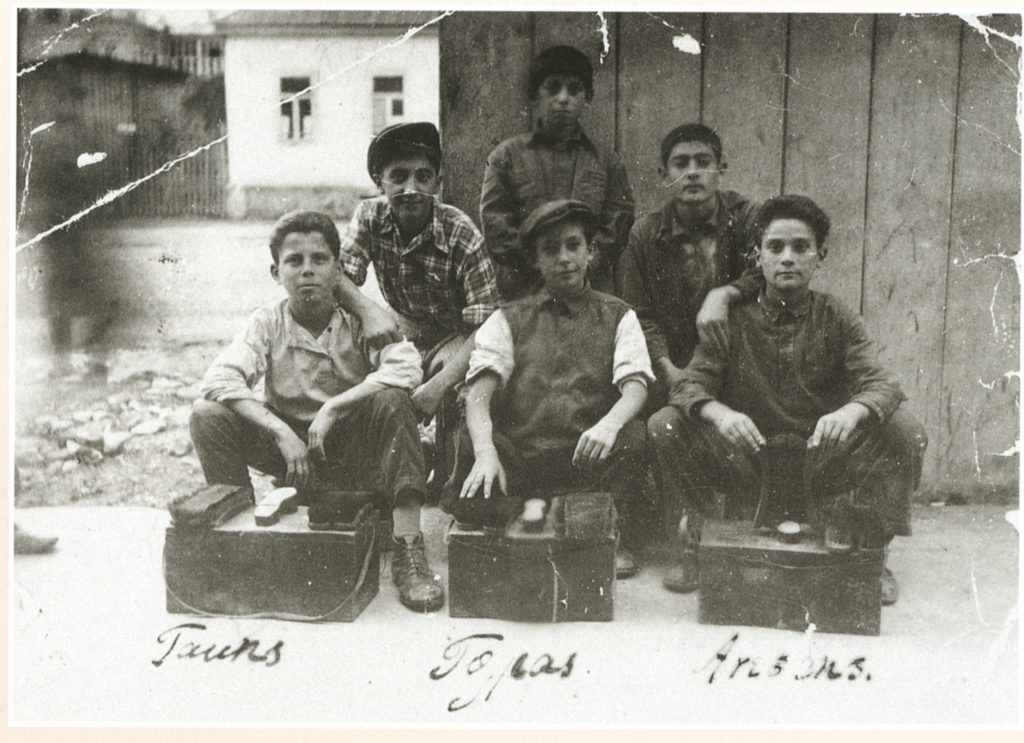
As presented in the UNICEF report entitled “The situation of children in Greece 2014 — The impact of the economic crisis on children,” published in April 2014, child labor is on a steady decline.
According to the International Labor Organization (ILO), child labor is considered work for children under 15. The UNICEF report presents data for minors 15-18 years old, which is the only data available.
Specifically, the report shows that in 2013 the percentage of minors who were working was very small (1.4% or 6,430 minors), while the percentage of economically inactive minors was 95.6% of the young population.
However, there is no official data on children under 15 working illegally. Greece has no hard industry or mass production facilities that would employ children. Therefore, child labor is limited to family farms where children work, or children who help in the family business such as in the tourism sector or shopkeeping.
Children who live on the ugly side of child labor are often under the age of ten and are children of Roma, refugees and migrants. These children work as beggars, prostitutes, thieves, drug traffickers, or as “donors” of organs and are doomed to experience pain and mental and physical deprivation daily.
Yet, there is no official data to show the magnitude of the problem. Unofficial figures speak of 100,000 children — the vast majority of them being non-Greek — but the figure cannot be confirmed.

In the last decades of the 19th century, including the first decades of the 20th century and during the interwar period (1923-1940), when the industries made their appearance in Greece, they introduced new ethics in Greek society and new notions about raising children.
A key characteristic of that period was the notion that the child is no different from adults, so children could be treated the same way as adults in Greek society and had the same problems as adults.
Living conditions for the majority of the population were very difficult. Poverty and misery dominated everywhere. both in cities and rural areas. In most families children were seen as equal members and had to contribute to the family income.
In 1920, workers under 18 accounted for 25.95% of the industry and crafts labor force, with rates ranging from 49.13% in garment sewing to 9.87% in energy production. In 1928, juvenile participation rose to 30.48%, while in the 1930 census, in a total of 261,057 industrial workers there were 11,096 children under the age of 14, of which 2,833 were girls. Out of the total number of workers, 70,617 teens, 15-19 years old, with 21,605 being girls. The largest industrial sector with tradition in child labor was the textile industry. In 1928, 4,000 children were working in the Piraeus textile factory.
After World War II, in northern Greece a lot of children were working in the tobacco industry, while in urban areas many children were working as shoeshine boys.
See all the latest news from Greece and the world at Greekreporter.com. Contact our newsroom to report an update or send your story, photos and videos. Follow GR on Google News and subscribe here to our daily email!



